
This is a question that we commonly receive from customers and site visitors! The truth is, most folks who adopt foot-healthy footwear (i.e., shoes that stay out of the way of your feet) in combination with other helpful footgear (e.g., toe spacers, toe socks, metatarsal pads, sole-stimulating insoles, etc.) experience a lengthening of the feet. It's not that the feet are growing after adopting minimalist and foot-shaped footwear, it's just that the feet are realizing their true, innate dimensions after being crammed into shoes that were too short and too constricting (for too many years).
So, a foot that lengthens out necessarily requires a larger shoe size. Just to clarify: Most of the foot lengthening that happens occurs in the toes as they begin to unfurl and straighten out over time. The realignment of all the foot's bones and tissues is another factor at play here. It's also possible to see an increase in foot width, though the increased width mostly occurs at the ends of the toes due to improved toe splay.
Men tend to experience the largest swings in shoe size after adopting foot-healthy footwear. By way of example, Natural Footgear co-founder Dr. Marty Hughes used to wear a men's US size 9.5 shoe before switching to minimalist shoes in 2009, but he now regularly wears a men's US size 11.5 to 12, depending on the brand. Correct Toes inventor Dr. Ray McClanahan has also experienced a similar increase in shoe size over the years.
Most women tend to go up about one-half to one full shoe size with long-term use of footwear that respects normal and natural foot anatomy. For example, Dr. Robyn Hughes, Natural Footgear co-founder, went from wearing a women's US size 7.5 to a women's size 8.
The extent of shoe size increase, for both men and women, also depends on just how affected the feet and toes are by conventional footwear. In our experience, we've noticed that the more significant a person's toe deformities are, the more significant is their shoe size increase.
So, don't be surprised if you someday find your toes bumping up against the ends of your foot-healthy shoes’ toe boxes. This is an indication that progress is occurring and that your feet are becoming rehabilitated. To encourage this process along, consider sizing up as soon as possible. Your feet and toes will thank you!

WANT TO IMPROVE YOUR FOOT HEALTH?
Let the team at Natural Footgear help you! Subscribe to our newsletter for the latest offers and helpful info, and sign up for our FREE email courses on various topics and foot health conditions.
Sign Up →
Want to Improve Your Foot Health?
We are here to help you every step of the way. Get our newsletter for the latest offers and helpful info, and sign up for our FREE email courses on various topics and conditions, including bunions, hammertoes, neuromas, plantar fasciosis, shin splints, ingrown toenails, and more.
Sign Up →
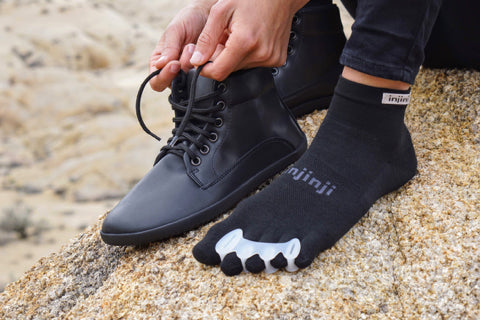 The Natural Footgear team receives lots of messages each day from folks around the world who want to know more about natural foot health and the products we offer. One of the most common questions we receive involves hiking footwear. Specifically: “Can I benefit from minimalist footwear & toe spacers when hiking?” Giving serious consideration to your hiking footgear is crucial in ensuring a comfortable and injury-free trek. Indeed, the...
Read more
The Natural Footgear team receives lots of messages each day from folks around the world who want to know more about natural foot health and the products we offer. One of the most common questions we receive involves hiking footwear. Specifically: “Can I benefit from minimalist footwear & toe spacers when hiking?” Giving serious consideration to your hiking footgear is crucial in ensuring a comfortable and injury-free trek. Indeed, the...
Read more



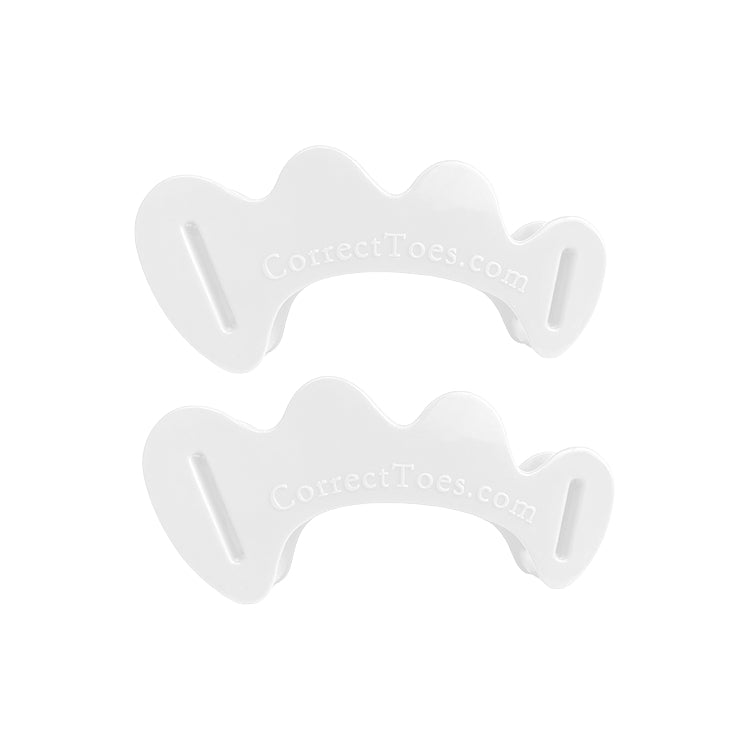
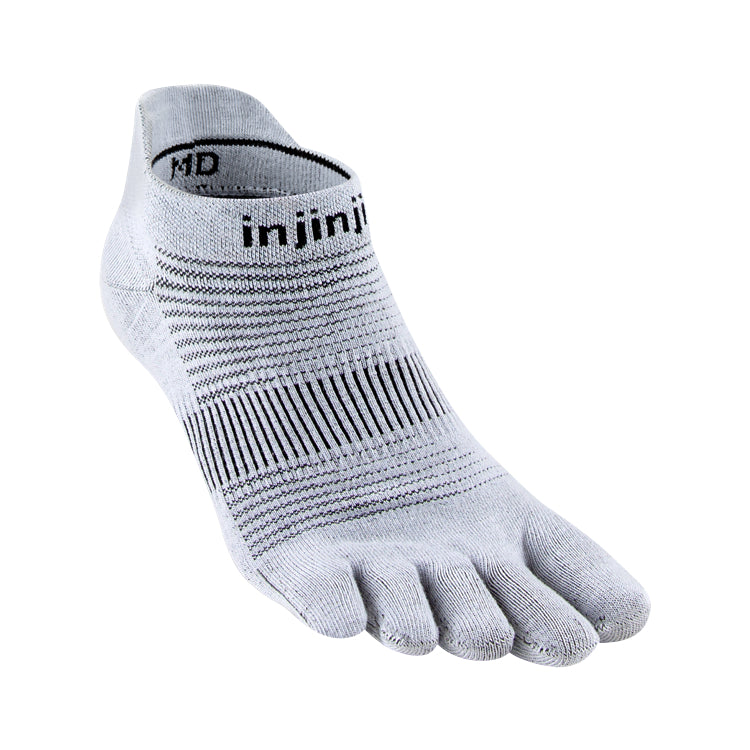
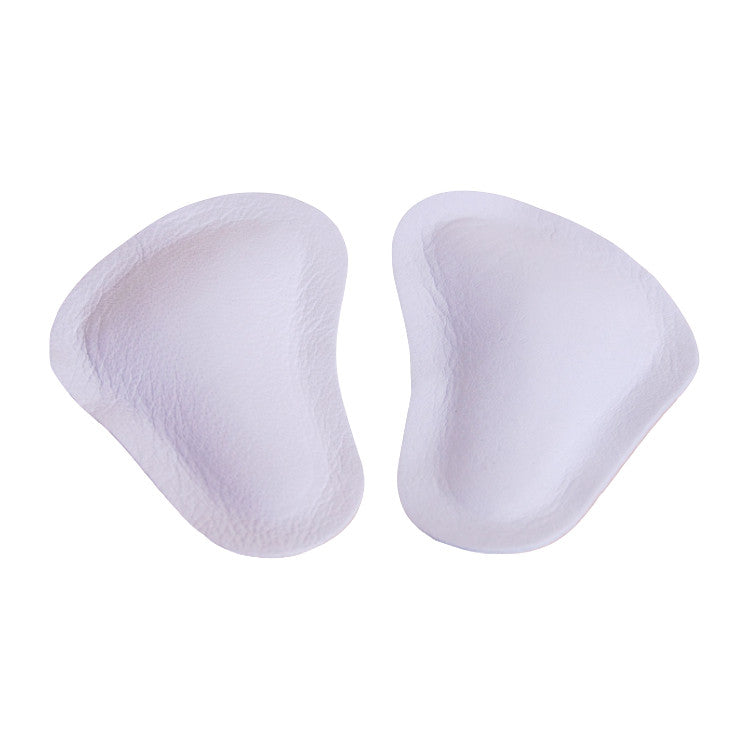
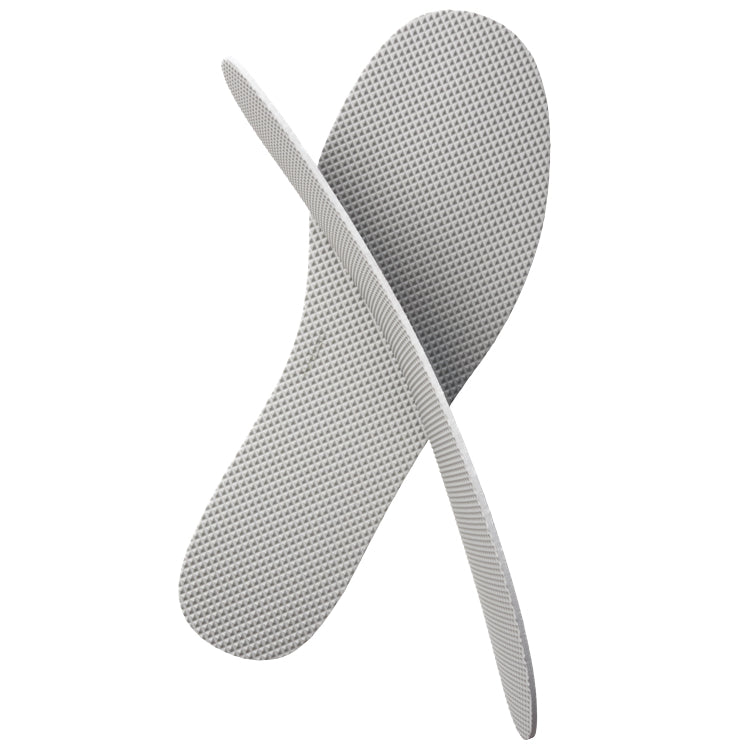
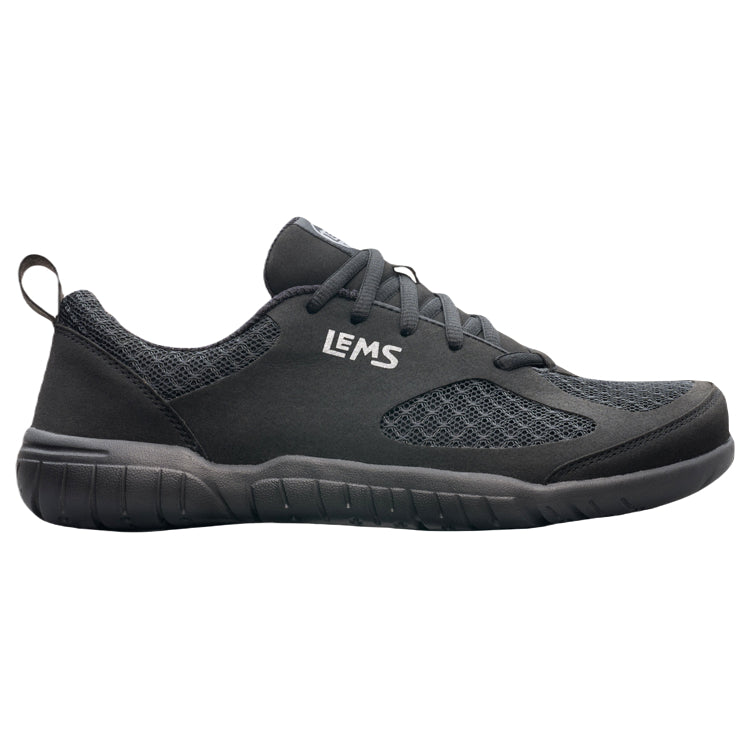

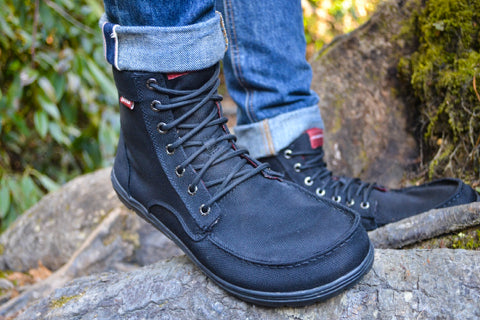
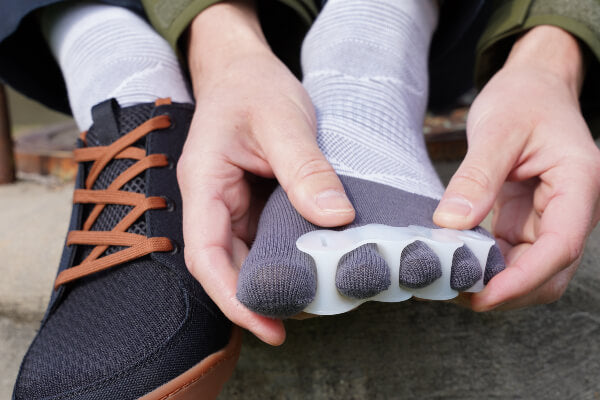
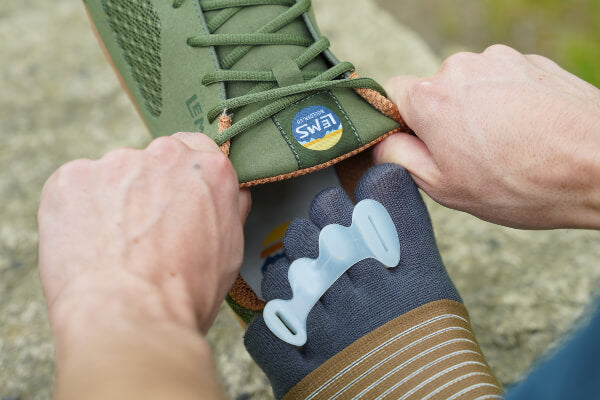
I definitely know that my feet have lengthened, but so have my husband’s. He has had to go up a whole size after he realized his toes were squeezing together and causing a corn. The only thing he has done differently is that he goes barefoot in the house more often. He used to wear shoes from early morning until going to bed; the only change now is that he goes from his work boots to tennis shoes after getting home from work. He has always worn university walker-style shoes and his work boots were wide. Barefoot in the evenings is the only change he had made.
Hi, Nancy,
Thank you for your comment! It’s certainly not uncommon for men to jump up a whole size after making some changes to their shoe-wearing habits, but it’s interesting to hear that the only change your husband made was going barefoot in the evenings. Some sets of feet just simply respond more quickly than others to positive interventions or (in this case, from the sound of it) a reduction in injurious stimuli. I hope that you both continue to experience foot health gains over the coming months and years!
All the best,
Robyn Hughes, ND
I am very keen to get help with my feet. I have been looking for non-invasive techniques to correct serious bunion problems. How do I sign up for your e-course on bunions?
Hi, Daisy,
Thank you for reaching out here! To sign up for our Bunions e-course, please visit the following page on our site and use the box there to select any courses you might be interested in:
www.naturalfootgear.com/pages/newsletter-courses
Here’s wishing you all the best!
Kind regards,
Robyn Hughes, ND
For years, I wore too small a shoe. After switching to Correct Toes and foot-shaped footwear, I went from a 9.5/10 to a comfortable size 11. My feet are much happier now!
Hi, Lisa,
Thank you for your comment. Three cheers for happier, healthier feet!
All the best,
Robyn Hughes, ND
I switched over to minimalist footwear a few years ago, but I recently had to wear a pair of old (conventional) dress shoes to a wedding, and it felt really awful to do so. First, is this a common experience? And, if so, why is it so difficult (both physically and psychologically) to go back to wearing conventional footwear?
Hi, Germain. Thank you for your comment! What you experienced is not only common but also quite telling. Once your feet have had the opportunity to function naturally in a minimalist environment—where they can splay, flex, and engage in a more anatomically sound way—being confined once again to conventional footwear often feels jarring and, in many cases, downright painful. Traditional dress shoes typically feature rigid soles, tapering toe boxes, toe spring, and elevated heels—all design elements that work against normal foot function and biomechanics. After your body adapts to the freedom and strength that minimalist footwear allows, going back to restrictive shoes is akin to asking your feet to forget everything they’ve learned. The discomfort you felt is your body’s way of signaling that it no longer tolerates being cramped, distorted, or artificially supported.
There’s also a psychological shift that occurs when someone commits to natural foot health. You begin to see your feet not as passive structures to be managed or propped up but as dynamic, adaptable, and intrinsically capable parts of your body—true foundations for lifelong mobility. This perspective makes it emotionally challenging to willingly put yourself back into footwear that you now recognize as harmful. It’s like returning to an old habit you’ve outgrown: Even if it’s temporary or socially expected, it no longer feels right. In many ways, this growing intolerance is a sign of progress—it means your feet (and your awareness) have evolved. We hope this answer helps! Please let us know if you have any follow-up questions or comments.
Yours in Foot Health,
Drs. Marty & Robyn Hughes